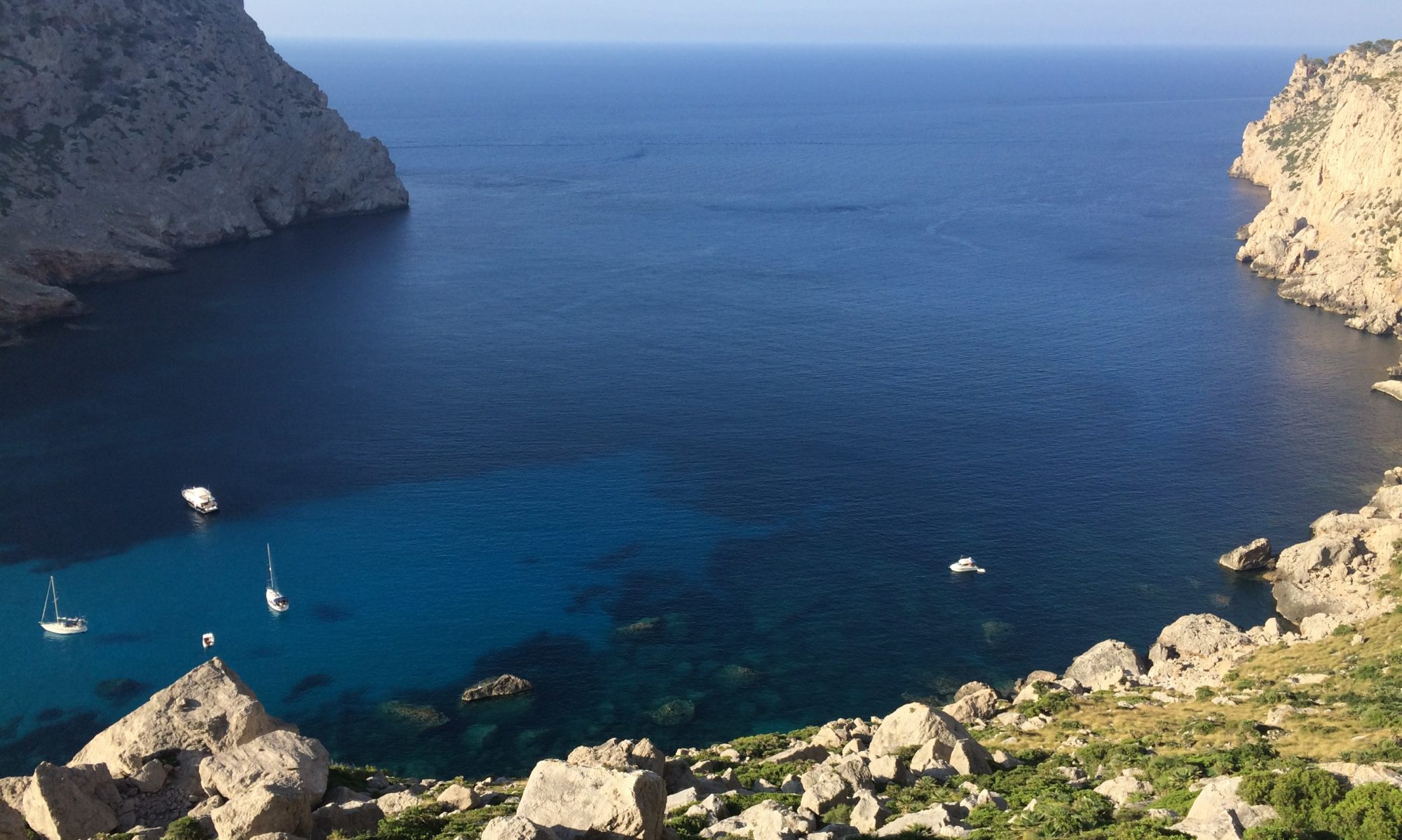-Sometimes it’s hard to use ATMs. While in Iguazu, there was no cambio (money changer) in the airport and the ATMs would not give us money. Just us. Everyone else had no issues withdrawing. Since this was our first stop in Argentina, we had zero pesos and had to figure out how to pay for a bus ride into town to get to our AirBNB. In comes our trusty USD – no problem. They take 20’s. We ended up at a cambio in town the next morning to get ourselves settled. Super easy – no reason to fret.
-Sometimes it’s hard to keep your currencies straight. On our stop into the farmers market in Montevideo, we were hoping to buy some fruit. We had money. We knew we had money. We just couldn’t get the money out of my purse/Michael’s pocket. Everything we pulled out was wrong. Finally I thrust some cash at Michael who handed it off to the man to be laughed at. We tried to pay for Uruguayan fruit with Paraguayan money. He was patient and nice and we were embarrassed. It took us another 2-3 minutes to make the exchange happen.

-Sometimes it’s hard to not get scammed by money changers if you haven’t done your research. Upon entering Paraguay, 12 hours of our trip that we did not do enough research on, we were told by money changers a few things: the Jesuit Missions don’t take credit card (false) and the rate they were giving was reasonable (false). It took us about 2 minutes after making the deal to realize we got taken for a ride, but it was a good reminder that we should be much better prepared when changing money. Hopefully that is a mistake we won’t make again.
-Sometimes it’s hard to get the courage to deal with a shady money changer on the street. In Buenos Aires, there are money changers who give substantially better rates than banks provided you come to the table with crisp hundred dollar bills. We approached a guy on the street in BA, he took us to the back room of a clothing shop and gave us a rate that was slightly better than banks. Perhaps we could have negotiated for even better but we took it and walked away. What was interesting is that we changed the rest of our hundreds and then we had some 20s that we also wanted to exchange. The rate for the hundreds: 17.5. The rate for the twenties: 17.2. We have no clue why – but needless to say we exchanged our 100s and walked away with all of our 20s.
-Sometimes it’s hard to remember the exchange rate when you’re buying things. This is not one moment. This is all the time. Phone calculators have been pulled out a few times and a lot of rough mental math has occurred. Often the cash is just handed over and we assume it’s reasonable.
-Sometimes it’s hard to understand what numbers they are saying. Michael has become our expert number guy. He consistently better understands what numbers people are saying. I have become an expert at looking at their screen or saying “puedes escribir, por favor?”
No major issues yet – although just by typing this I’m probably jinxing us 😁. Maybe this will be the last of our “money stories”, but I doubt it.


Loving your updates …..be safe
love the blog entries and pics! you guy’s gotta negotiate- it’s uncomfortable but it’ll save you a lot of money in the long run.
Ugh… do we have to!?!
Just shout SHOW ME THE MONEY & see how that plays out 🙂
Using a foreign credit card in Uruguay allows instant VAT deduction. You wouldn’t need to worry about saving your receipts and getting a tax refund at the airport or ferry terminal.